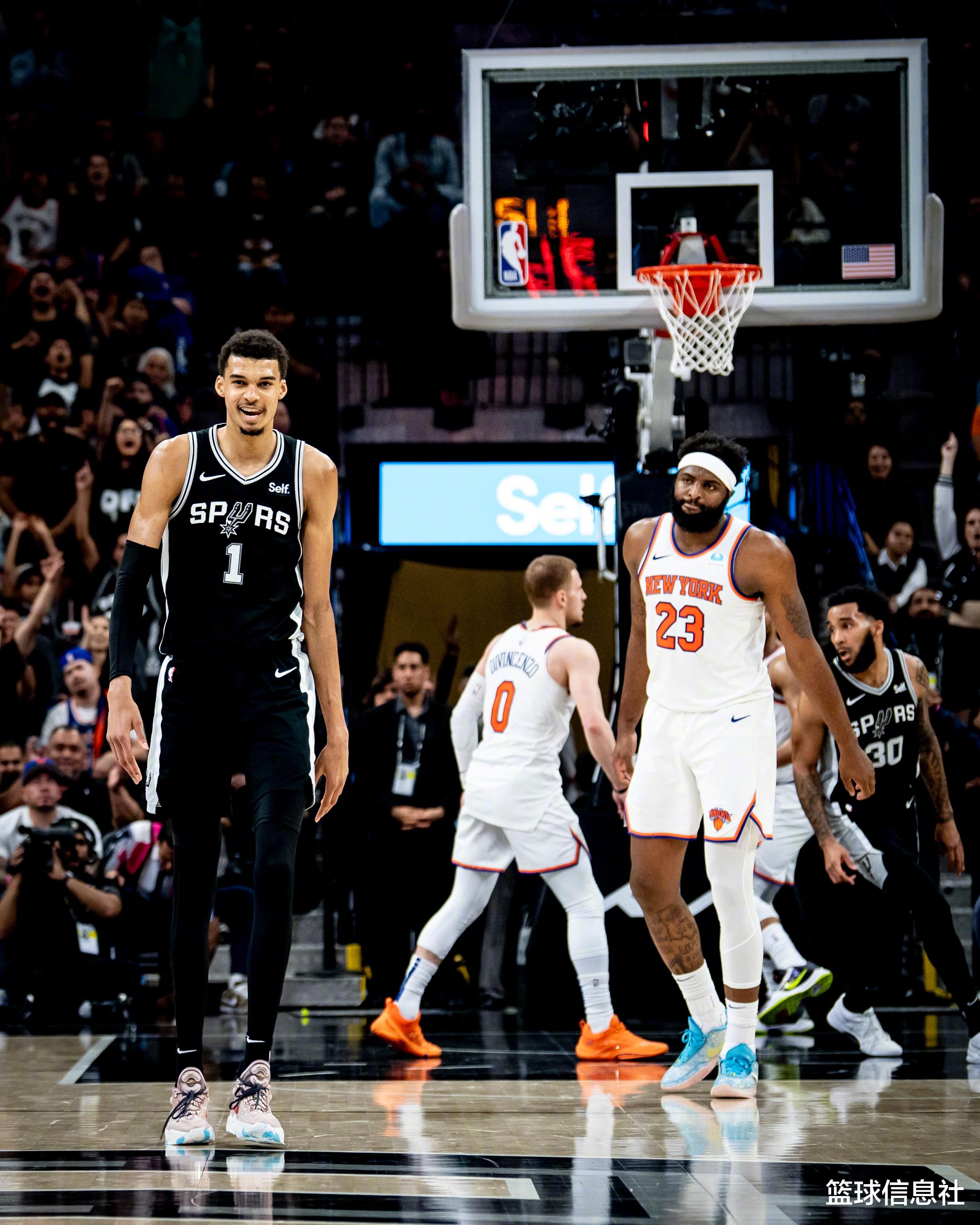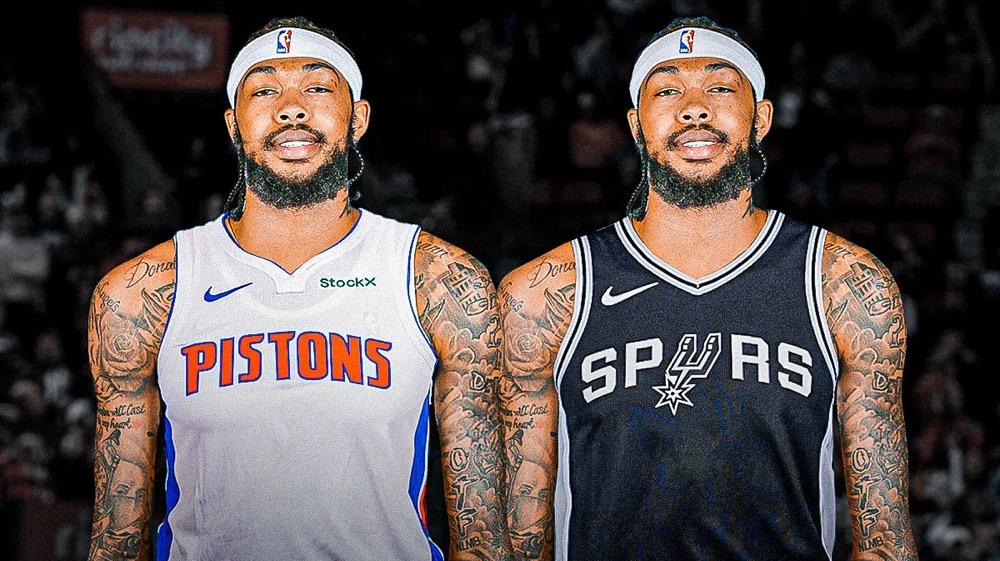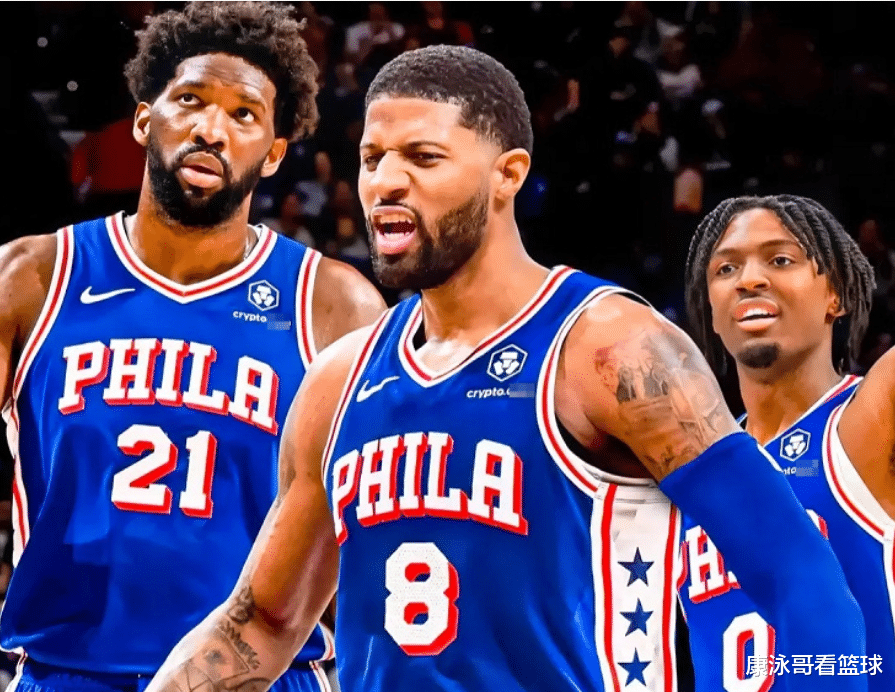Why is the Golden State Warriors willing to part with a promising 20-year-old Jonathan Kuminga in exchange for Brandon Ingram? This 1-for-3 trade may seem like a win-win on the surface, but upon closer inspection, it reveals many unknown pitfalls and complex considerations for both teams. As one of the New Orleans Pelicans' star players, the departure of Brandon Ingram is a significant event. It's hard to imagine an All-Star player and excellent isolation scorer being put on the trading block. After all, this 25-year-old forward averaged 24.7 points, 5.8 rebounds, and 4.9 assists last season, making him an integral part of the Pelicans' system. However, a closer look at Ingram's situation might explain why the Pelicans are willing to let him go. Injury concerns have plagued Ingram, with low attendance rates and multiple injury risks hindering his performance. If he continues as a team cornerstone, there's uncertainty about whether he can carry the team during crucial moments if his "glass" attributes resurface. Moreover, the Pelicans have clearly tied their future to Zion Williamson. Despite his own injury history, Zion's potential and talent remain the foundation on which the Pelicans are betting. With Zion in place, the Pelicans need young players and multiple draft picks to rebuild a lineup capable of long-term stability. From the Pelicans' perspective, the significance of this trade is clear: they need to relieve salary pressure and prepare more thoroughly for the future. Kuminga fits the profile of the young talent the Pelicans desire, and two second-round draft picks are valuable assets for a team aiming…
Average 27 points, 6 rebounds, 6 assists! Spurs offer two first-round picks? 27-year-old versatile forward, he's not worse than Tatum
The future of the Spurs can be described as bright, with historical-level talents like Wenyambo leading the way, supplemented by excellent pieces like Castle and Sohan, they will eventually join the ranks of the elite teams. However, their current situation can also be described as poor; although the team has many young players, it seems that a qualified second-in-command has not been found, causing Wenyambo to often run out of energy in the third quarter. In recent days, Fox's name has been frequently associated with the Spurs. However, it is said that the Kings have received many offers, and the Spurs' competitiveness has not reached the level of "standing out from the crowd." Instead, today, American media Fadeaway World revealed that the Spurs are making a backup plan, which is to pursue Pelicans forward Ingram. Ingram's desire to leave the Pelicans has long been an open secret; after last year's playoffs, the management and local fans had already lost patience with Ingram. However, they did not seriously consider the impact of injuries on Ingram, and even directly negated his five years with the Pelicans. Now, according to FW, the Spurs are willing to offer Collins, Kelden, and two protected first-round picks to obtain Ingram. Such a package is estimated to be acceptable to the Pelicans, after all, Ingram's contract is also expiring, and being able to obtain these assets through a sign-and-trade is already a profit. Ingram is only 27 years old this season, averaging 22.2 points, 5.6 rebounds, and 5.2 assists, with a true shooting percentage reaching 56.7%, which…
Big Trade Alert! Victor Wembanyama Aims to Team Up with Ingram, Spurs Send Multiple Players + Draft Picks to Pelicans
This season, the New Orleans Pelicans' record has been disappointing, and the team is planning to trade away key players. According to ClutchPoints reporter Brett Siegel, the San Antonio Spurs and Detroit Pistons hope to acquire small forward Ingram from the Pelicans. If Victor Wembanyama teams up with Ingram, the Spurs could rise to the ranks of championship contenders. "In Victor Wembanyama's second season, the San Antonio Spurs have shown obvious progress and clearly need another scorer. By combining Harrison Barnes and Zach Collins' salaries with some draft assets and young players like Sidi Sissoko, the Spurs could potentially get Ingram at a very low risk, high reward price." "Then there are the Pistons, who seem ready to find another star player to pair with Cunningham. With Jaden Ivey out indefinitely due to a leg fracture, the Pistons can be aggressive in the trade market to maintain their competitive position in the East. Ingram has established a relationship with Detroit Pistons basketball operations president Trajan Langdon, and the Pelicans are interested in Isaiah Stewart." Both teams are young and looking for experienced scorers. Despite having Chris Paul as point guard, the Spurs need a scoring forward, and Wembanyama is very attractive to Ingram.
Officially Disbanded! Super Dark Horse with 1 Win and 16 Losses, Four Giants Lineup Disintegrates, No. 1 Pick and No. 2 Pick Traded
This season, many teams in the NBA league have not achieved their expected win rates. For example, the Philadelphia 76ers, with their luxury lineup of Embiid, Paul George, and Maxi, still have a win rate that ranks fourth from the bottom in the East. The 76ers formed this three-giant lineup with the goal of winning the championship, but with Embiid, George, and Maxi taking turns getting injured, it's estimated that even making it to the playoffs will be a challenge. The Minnesota Timberwolves in the West are also a team that has experienced some disappointment. Last season, they were at the top of the Western Conference, but this season, the Timberwolves are finding it difficult to even make it to the playoffs. Officially disbanded! A super dark horse with 1 win and 16 losses, the four giants lineup disintegrates, and the No. 1 pick and No. 2 pick are traded. NBA journalist Evan Sidery reported that the Timberwolves' management is evaluating Julius Randle's trade value to address their inconsistent start. After trading away Towns, the Timberwolves not only lost an important offensive helper but also remain above the second-tier luxury tax line in terms of salary. Therefore, the Timberwolves still need to trade Randle, preferably clearing his contract while completing trades to strengthen the team. Randle is averaging 20.0 points, 6.9 rebounds, 4.1 assists, and 0.8 steals this season. Additionally, DiVincenzo joined the Timberwolves as a substitute but has performed poorly, and he has also expressed dissatisfaction. This season, there is another team in the Western Conference that has a…



